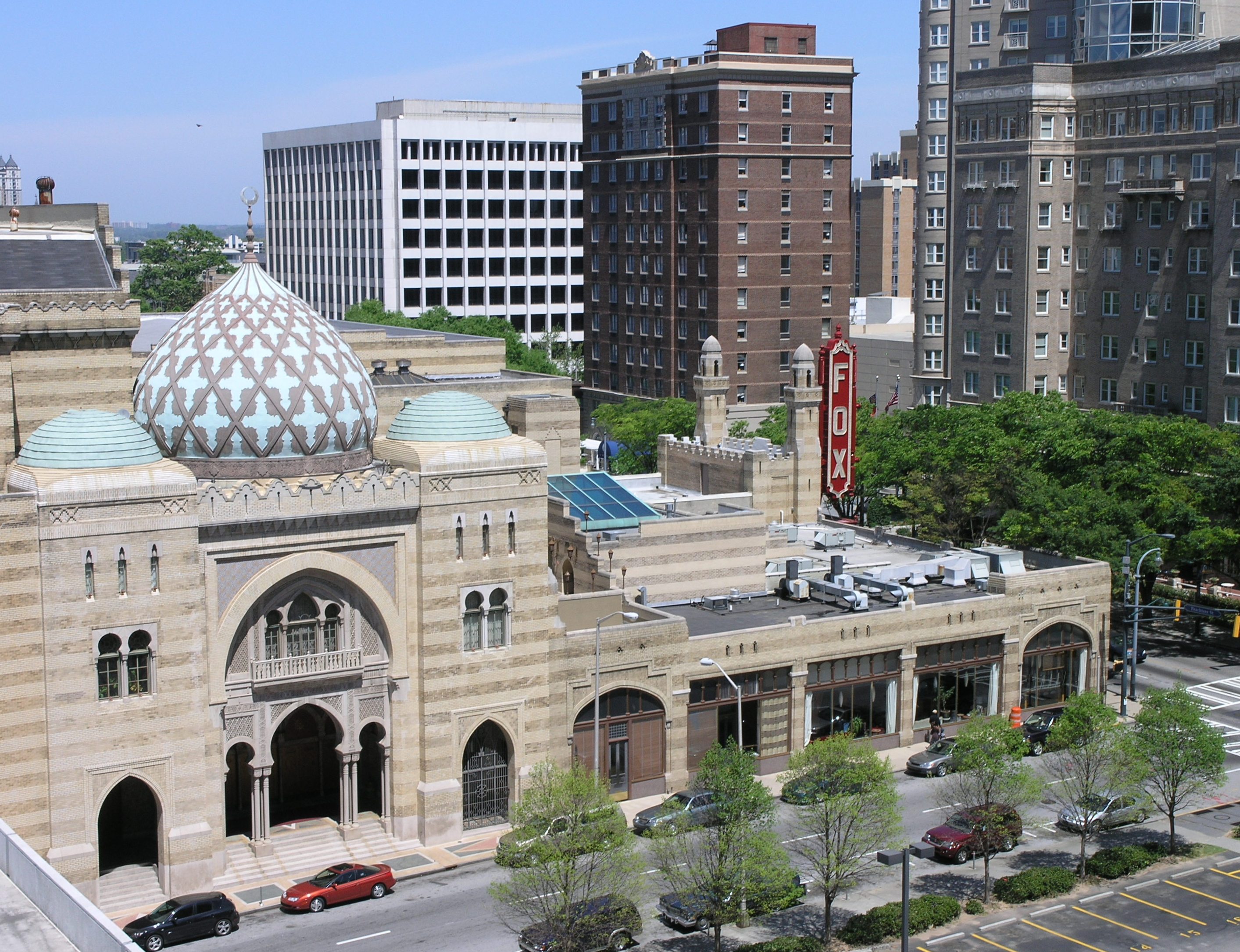Inquiring minds want to know--or at least they should--what's going on in the Harik Gardens, so here's my mid-spring report. Spring came all in a rush this year, eager to get on with it after the long, unrelenting winter. All the trees are in bloom at once, so once again, as is often the case in this global weirding climate, spring is abbreviated but spectacular. The early daffodils, two weeks ago lone sentinels of spring, are now looking blowsy and unnecessary. The grass has taken on that lush, fresh green that makes one think of Ireland, even if one hasn't been there.
First, the damage report. The winter took its toll on the yard's more vulnerable citizens. A mature dogwood, always a bit of an oddball loner, bit the dust, as did several azaleas, particularly those brutalized by the deer thugs. Spirea and weigelia, iffy every spring, are looking spotty, but I'll give them time a bit more time to prove themselves before replacing them with my latest crush, the new lime-green barberry. Not like me to fall for lime green, but spring does funny things to a guy. Two more boxwoods bit it, these ones especially dear to me as I grew them from cuttings taken in Charlottesville 18 years ago (!). A slow grower, obviously, but a fine variety, at least for the C-ville climate. Too cold here, apparently.
Now for the Enemies List. The deer are at bay, it seems, thanks to a rather ingenious little device I came up with in the depths of winter, as my mind churned angrily and impatiently. I can't reveal the details, as I might move to patent it if it's really as good as it seems, but suffice to say that it involves coyote urine. In any case, damage is very minimal thus far this spring, and this is prime grazing time as the winter-hungry deer are quick to swarm emerging day lillies, rudbeckia, and anemones. So I'm grateful for that. Also for the wise actions of the Bloomington City Council with regard to protecting our beloved Griffy Woods from deer overpopulation, but that's another blog. Enemy #2: the rabbits. It's difficult to determine whether my deer device is effective on the rabbits. They're sneakier and well, smaller, so they're harder to spot at work, but so far they haven't done much damage. I see little bark damage, and apart from some gnawed-upon coral bells, little plant damage. So again, cautious optimism. As for Enemy #3, the ground ivy, the yard is supporting a bumper crop this spring. This is a truly troubling prospect, as ground ivy, at least the Harik variety, will quickly take over if allowed to establish a foothold. I've been battling it mano-a-mano for decades, but am on the verge of calling our friends at Green Dragon to do an herbicide treatment. This cuts against my deeply held organic and environmental principles, but the heartbreak of ground ivy can test the mightiest man's resolve. Plus, they're offering a 50% discount.
A fourth potential enemy, the Eastern tent worm, is having a banner year in neighboring fruit trees, but so far nothing here. I'm keeping a close watch on things, though. Tent worm infestation can turn your stomach, as victim and long-time chum Andrew Miller well knows.
What's happening that I like? Strong growth on the lilacs and surviving boxwoods. The grass I seeded ages ago is finally up; this is a new variety that spreads epiphytically. I have great hopes for it. Forsythia seems to be filling in the maddening gaps created by the deer. Lots of Virginia bluebells this spring. It has taken me a long time to get them established. Good crabapple and dogwood blooms. And nice lettuce growth in various well-protected secret locations. Potatoes and leeks growing up together in large barrels: I have a long-cherished wish to return to that wondrous summer of '04, when garlic and potatoes grown cheek-by-jowl in the same plot took on each other's flavor. It was magnificent. Everybody I have told about this scoffs, but I know what I know.
So there it is. Much more going on, of course, in this most busy of gardening seasons, but those are the highlights. Onward and upward.


